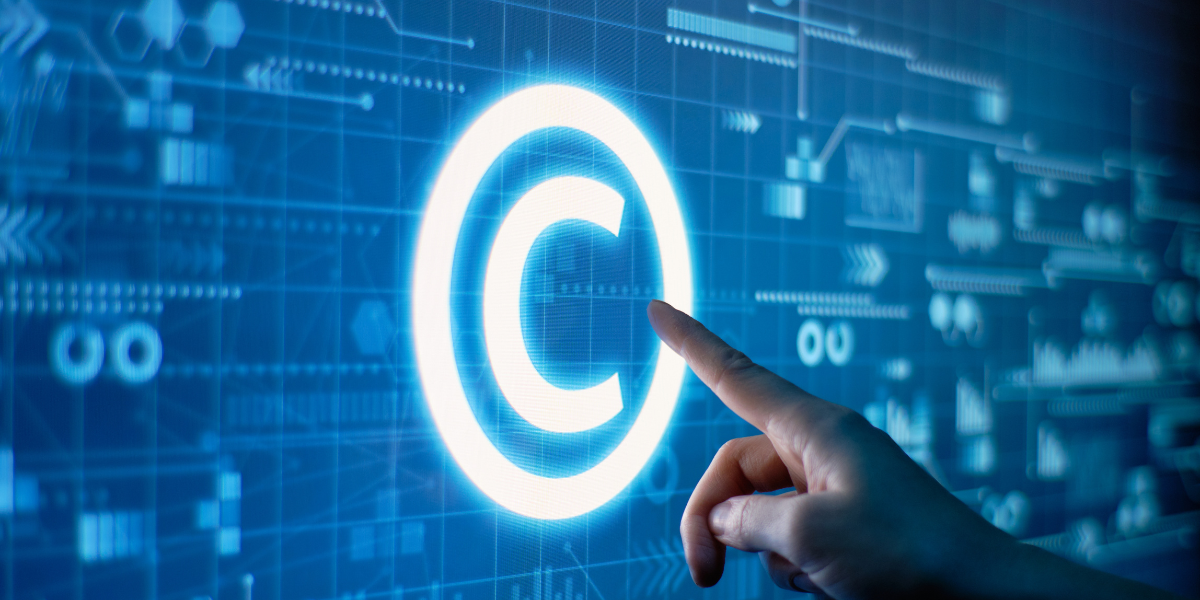Brand abuse, which involves the unauthorized use of a company’s trademarks, logos, or online presence, poses a serious threat to business integrity and consumer trust. It takes on various forms, requiring organizations to protect themselves using advanced technology.
If you want to feel a sliver of the impact as a victim of brand abuse, picture this—you are the Chief Brand Officer at a global luxury beauty brand celebrated for its premium, eco-friendly products. One morning, your team alerts you to a flood of customer complaints regarding severe allergic reactions to products purchased through what appeared to be your company’s online marketplace storefront.
Upon investigation, you discover that this “storefront” is actually a counterfeit operation using your brand’s logo and imagery, selling inferior quality products under your name. The situation escalates as beauty influencers begin reviewing these fake products, believing them to be genuine, which starts a negative trend on social media, rapidly eroding consumer trust and your brand’s hard-earned reputation.
This serious instance of brand abuse not only threatens immediate financial losses but also poses long-term damage to your brand’s prestige and consumer loyalty.
While this might sound like a nightmare, it’s harsh reality, and a textbook example of brand abuse, where a brand’s identity has been hijacked to deceive loyal customers and tarnish market standing.
Types of Brand Abuse
Brand abuse can manifest in several ways, including:
Trademark Infringement: Using a brand’s name, logos, or trademarks without authorization, potentially misleading consumers and diluting the brand’s value.
Brand Impersonation: Creating fake websites, social media profiles, or emails that mimic a brand to deceive consumers, often for phishing or fraud.
Domain Abuse: Including typosquatting, where attackers register domains that closely resemble legitimate brand domains to capture mistyped URL traffic.
No matter the form, the consequences of brand abuse are far-reaching. Additionally, there are legal complexities involved in reclaiming domains or taking down websites and infringing content, which can be costly and time-consuming.
Leveraging Technology for Protection
To effectively combat these challenges, organizations are increasingly relying on sophisticated brand protection software that includes:
Real-Time Monitoring: Tools that provide continuous surveillance of how a brand is represented online, capable of detecting phishing, scam activities, and other forms of brand abuse with high accuracy.
Domain Monitoring: Identifying unauthorized use of brand names in domain registrations and swiftly addressing these infringements to protect brand identity and ensure compliance.
Advanced Data Analytics: Utilizing data analytics to identify patterns in brand abuse across different regions or platforms, which aids in targeting enforcement efforts more precisely.
Automated Enforcement: Capabilities to automate the process of issuing takedown requests for infringing content or counterfeit products online, significantly reducing the response time.
Tips to Safeguard Your Brand from Abuse
With the above in mind, here are some ways to protect your brand against abuse:
Implement Comprehensive Monitoring: Deploy brand protection software that monitors various digital channels, including websites, social media, and domain registrations.
Educate Your Stakeholders: Regularly inform your employees and customers about the risks of brand abuse and how to identify suspicious activities.
Enforce Strict Policies: Develop and enforce clear policies regarding the use of your brand assets and how infringements will be handled.
Collaborate with Legal and IT Teams: Ensure that your legal and IT departments work closely to address incidents of brand abuse swiftly and efficiently.
Different service providers offer varied capabilities in detecting and managing brand abuse. For instance, companies like Bolster focus on detecting domain spoofing and brand abuse in real-time without the need for additional internal resources.
They offer technologies that can automatically uncover and address instances of typosquatting and trademark infringements, thus facilitating swift action against malicious activities.
See Bolster in action when you request a demo.






